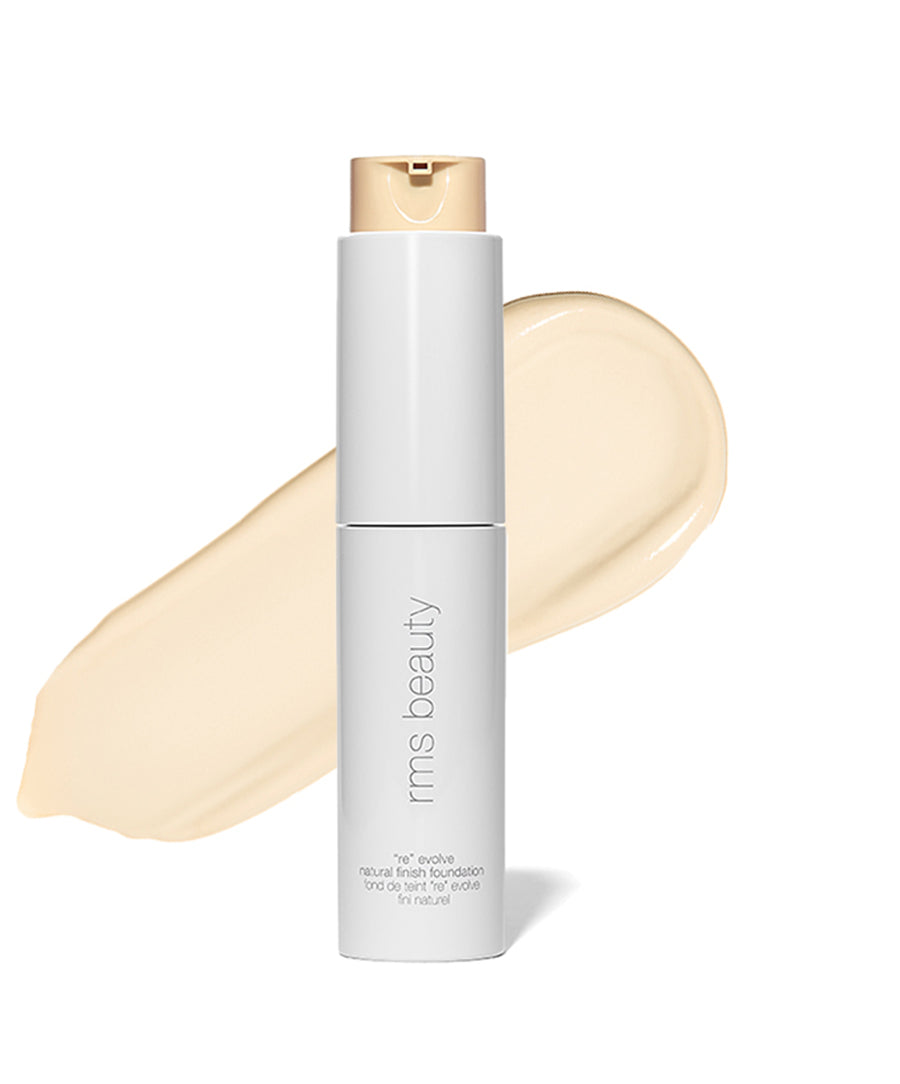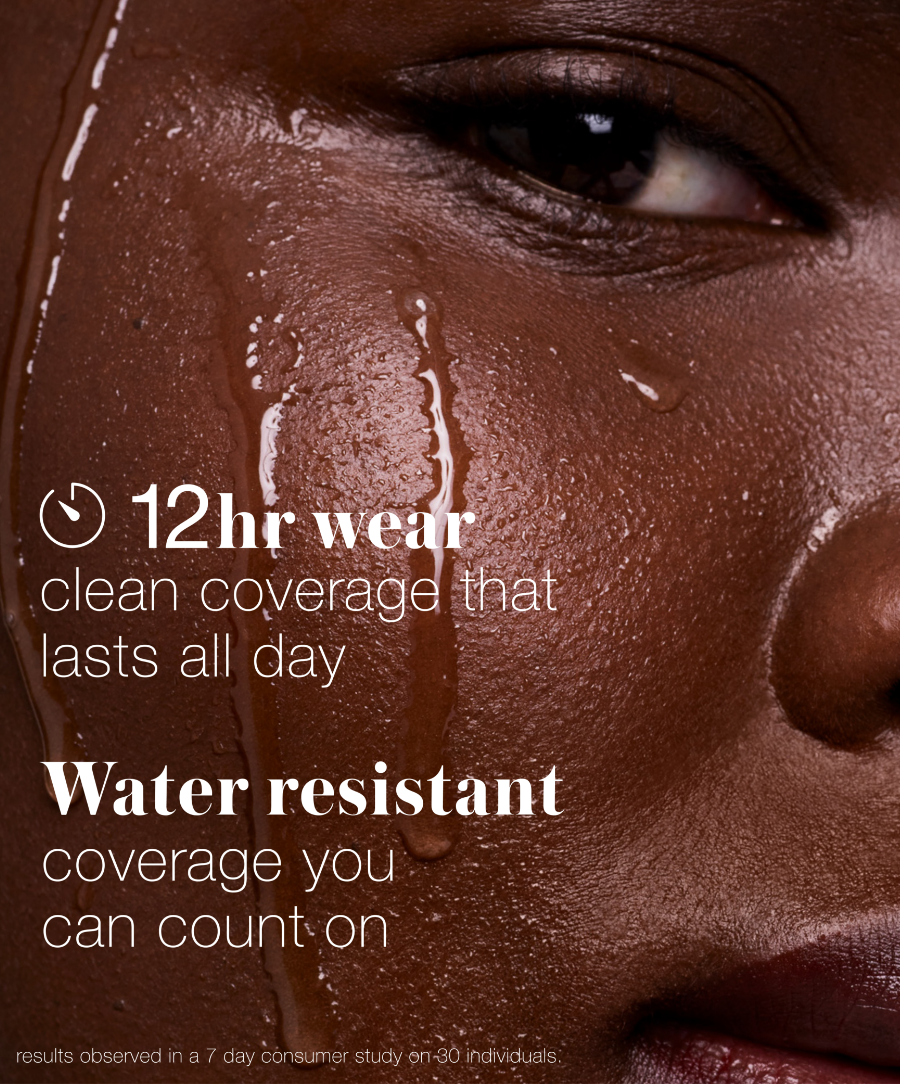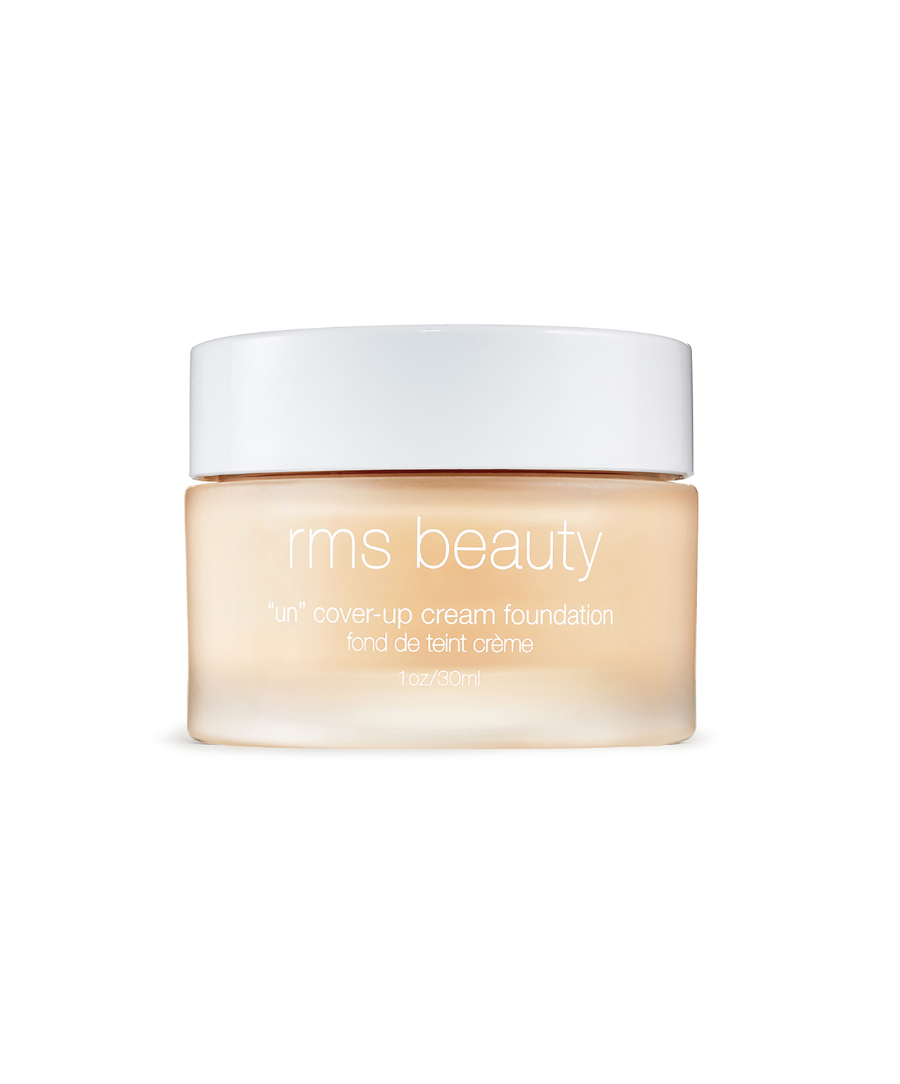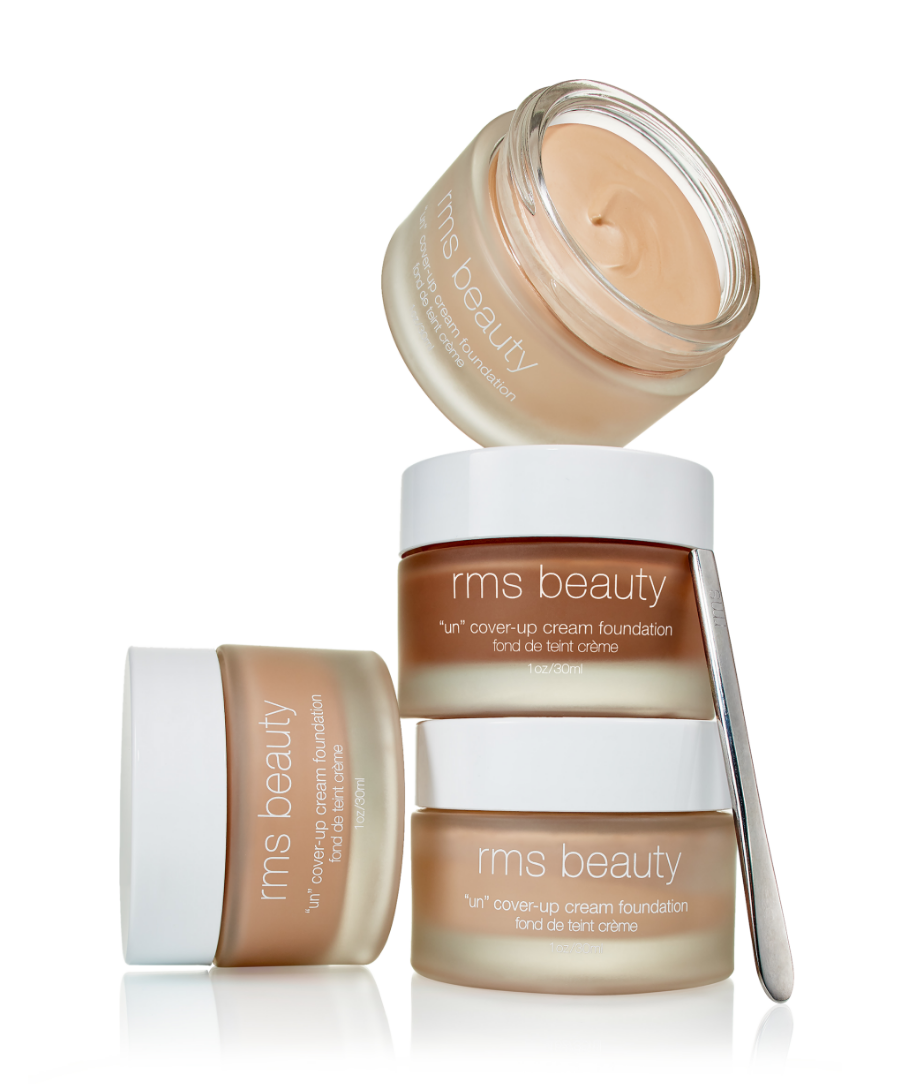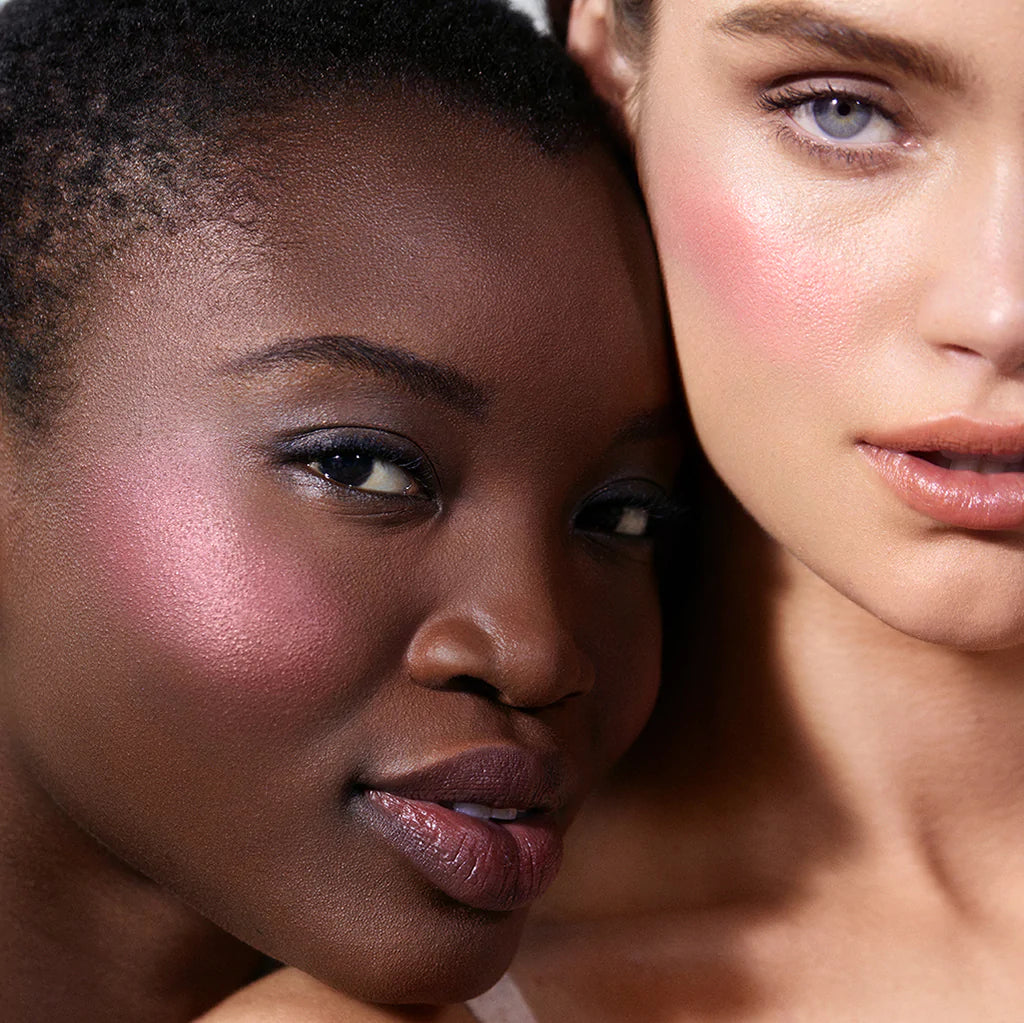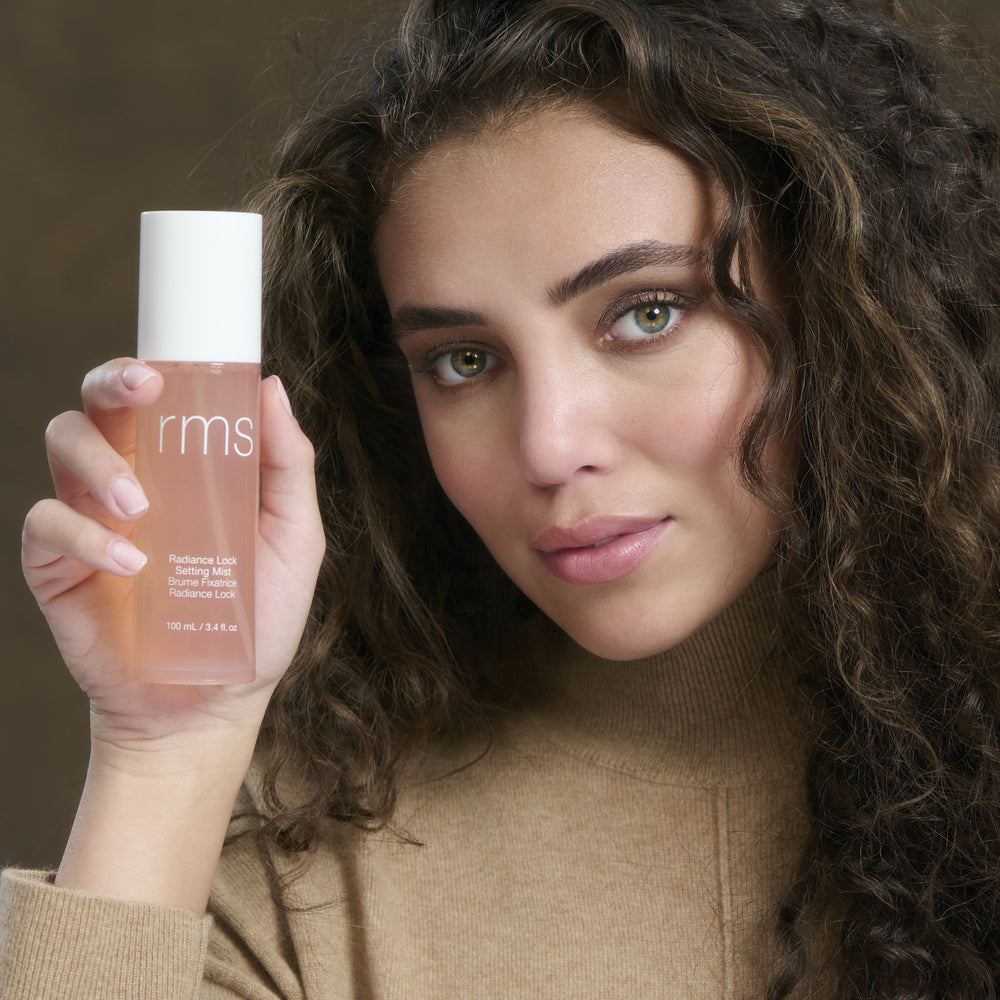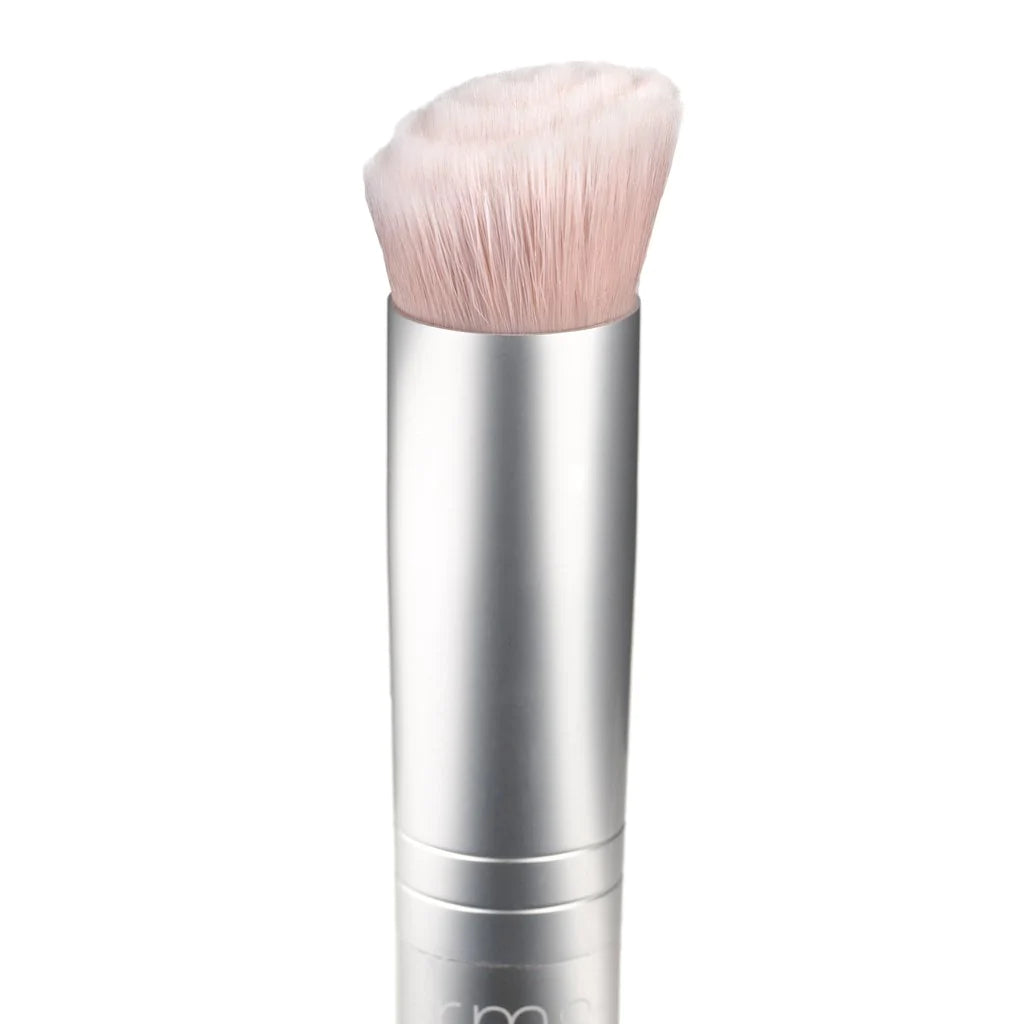Liquid vs. Cream Foundation: Choosing the Best for Your Skin Type
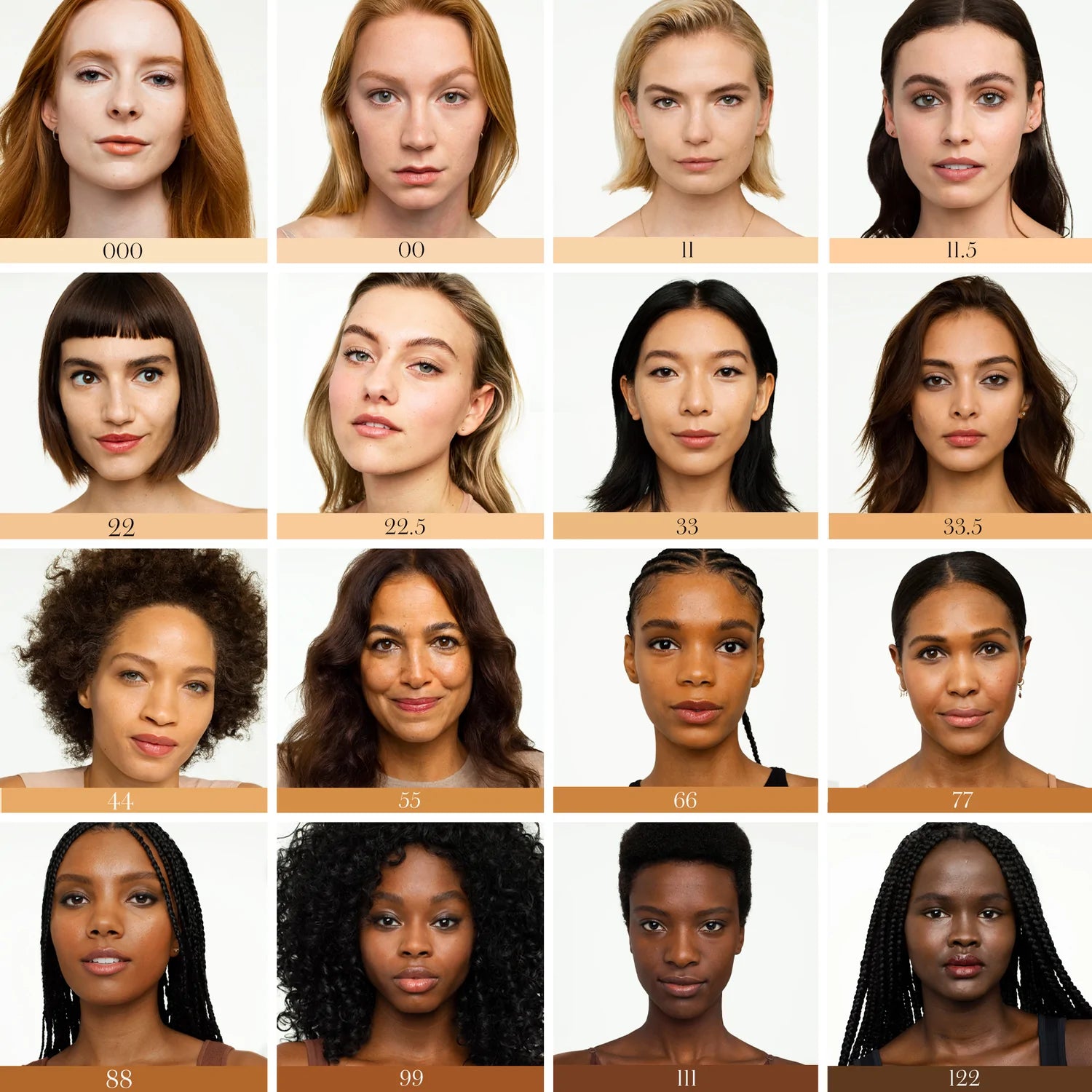
Nothing is worse than applying your foundation in the morning only to have it slide off your skin by noon, or worse, check the mirror to find it has settled into fine lines and wrinkles and now looks cakey.
We’ve all used the wrong foundation (and paid the price), but choosing the best foundation starts with understanding your skin type and which ingredients work best for you. The team at RMS Beauty can help. If you’re stuck on what formula to choose, we’ll explain how each works with different skin types to help you decide which is best for you.
What Are the Main Skin Types?
A skin type simply refers to how your skin behaves without a lot of product interference. In other words, if you stopped using skincare products, would your skin be more oily than dry, or would it crave moisture?
Most experts agree there are four different skin types.
Normal Skin
Skin that is neither overly oily or dry is considered normal skin. This skin type feels comfortable, balanced, and hydrated. It doesn’t usually suffer from breakouts or sensitivity. Normal skin isn’t extremely common, and most people won’t have normal skin for their entire lives.
Oily Skin
Skin that feels slippery or slick to the touch is likely oily. Oily skin types usually have larger, more visible pores and may develop blemishes and breakouts more often. It may also be difficult for oily skin types to control the oil production, even if they use products targeted for oily skin.
Dry Skin
Skin that never feels quenched is often dry skin. If you have a dry skin type, your skin may feel itchy, show signs of redness, or peel and flake. Dry skin types usually have smaller pores, and although they may not develop pimples, they can be prone to sensitivity.
Combination Skin
The most common skin type is combination skin, which means your skin is oily in some areas and dry in others. It may also mean your skin is normal in some areas, with excess oil or dryness in other parts.
Combination skin can be difficult to manage because the products you use to control oil on the oily areas can cause excessive dryness on the dry areas and vice versa.
Determining Your Skin Type
If you aren’t sure what your skin type is, you can do a simple test to find out. Wash your face with a mild cleanser and pat your skin dry. Don’t apply any other products to your skin. Check the condition of your skin 30 minutes post wash.
If your skin is greasy or slick, you likely have oily skin. If your skin feels tight and stretchy, your skin may be dry. Skin that feels comfortable and is neither oily nor dry is normal skin. If your skin is dry in some areas and oily in others, you probably have combination skin.
What Other Skin Conditions Are Important To Understand?
Before you select a foundation, it’s important to address other skin conditions you can develop. While these aren’t skin types, they can become common problems that interfere with your makeup application.
Blemish-Prone Skin
Not every oily skin type will develop acne, and not everyone that has acne will necessarily have obviously oily skin. Pimples develop as a result of sebum that mixes with dirt and oil and clogs pores. The hormones that regulate sebum production can change the way sebum is produced, making it thicker and stickier, and more prone to clogging your pores.
Mature Skin
By age 20, our skin begins to change. Collagen and elastin production begins to decline. These two proteins help give skin its structure and keep it looking youthful. Oil production may slow down, leaving skin feeling drier. In addition, aging skin may show signs of free radical damage like sunspots or uneven skin texture or tone.
Sensitive Skin
If you have sensitive skin, you know how frightening it can be to try any new product. It seems like everything you use causes your skin to react. Sensitive skin is prone to redness, irritation, burning, and general discomfort.
Understanding your skin type and conditions can help you decide which foundation formula will work best for you.
What Should I Know About Liquid Foundation?
It’s the foundation you grew up with and the one you know by heart. Liquid foundation ranges in weight from sheer to full coverage and is generally applied with a brush, beauty sponge, or your fingertips.
Liquid Foundation Pros
Liquid foundation is a sure bet if you’re after a natural look, especially if you get a buildable formula. You can add layers of sheer coverage that are adjustable to your specific needs. If you’re not an expert at makeup application, liquid foundation is an easy tool to get the coverage you want.
Liquid foundation delivers a dewy finish that looks realistic. Most liquid foundations dry very quickly for easy layering, so you can adjust the coverage you need in specific areas.
Liquid Foundation Cons
Many liquid foundation formulas contain silicone, an ingredient that isn’t safe for your skin. This ingredient makes liquid foundation feel smooth on your skin, but it creates an occlusive barrier that can trap dirt and oil inside your pores and is hard to remove.
In addition, a liquid foundation that isn’t properly formulated for your skin type can sometimes settle into fine lines and wrinkles, making your skin look older than it is.
Skin Types for Liquid Foundation
All skin types can use liquid foundation, provided they use a silicone-free formula with skin-beneficial ingredients. However, oily skin types may find liquid foundation harder to use, especially if you don’t use a primer before application.
A primer helps lock in your skincare and also gives your foundation something to grip, making it harder for surface skin oil to interfere with your application.
- Product to try. Looking for a liquid foundation that is suitable for all skin types? Try RMS Beauty’s ReEvolve Natural Finish Liquid Foundation. This foundation contains olive oil, which is naturally hydrating to the skin and packed with anti-aging antioxidants.
Olive oil helps naturally balance the skin barrier, offering hydration to dry areas and absorbing excess oily in oily areas.
How To Apply
Applying liquid foundation like a pro doesn’t take a lot of skill — just some practice and a good beauty sponge. The RMS Beauty Skin2Skin Beauty Sponge is created with a fingertip-like design on the tip to emulate skin-to-skin application.
Using your dampened sponge, gently apply foundation by pressing it into your skin, starting in the middle of your face and working outward to blend perfectly and eliminate harsh lines.
What Should I Know About Cream Foundation?
As its name implies, cream foundation has a thicker consistency than liquid foundation. This doesn’t always equate to heavier coverage, but it usually means the ingredients are more hydrating than some liquid formulas.
That said, don’t mark it off your list just yet if you have oily skin. The ingredients in cream foundation (as with any foundation) matter. The right ingredients can make cream foundation accessible for any skin type.
Cream Foundation Pros
If you want a velvety-smooth finish, a cream foundation is a sure bet. These foundations are easy to apply and buildable and offer more coverage than a liquid foundation, but with less weight.
Creams are great for evening the look of skin tone, keeping skin hydrated, and achieving a slightly more matte finish than a liquid foundation can usually provide.
Cream Foundation Cons
Because cream foundations are slightly thicker, they may require more work to apply. If you aren’t particularly good with blending, it’s best to use a foundation brush or beauty sponge to apply these to your skin.
Additionally, cream foundations that contain silicones can feel heavy and may clog your pores. Pay attention to the ingredients to avoid these pitfalls.
Skin Types for Cream Foundation
Dry skin types love cream foundation for its rich, luxuriously hydrating formula. It’s also a great solution for aging or sensitive skin, because the ingredients can pack skincare-like benefits that help support and soothe the skin.
- One to try. RMS Beauty's UnCoverup Cream Foundation. This lightweight formula offers medium to full coverage that is barely detectable on the skin. Formulated with jojoba oil, our cream foundation is easily absorbed into the skin to provide coverage that won’t clog pores or leave you looking “done up.”
How To Apply
Apply cream foundation with your fingertips, a makeup brush, or a beauty sponge. For an even, smooth texture, a makeup brush works well. Build coverage as needed by allowing your first application to dry before applying additional product.
The Basics of Foundation
Even if you don’t know much about cosmetics, you can still get a great, customized product selection simply by understanding your skin and knowing what ingredients are best for it. At RMS Beauty, we make it easy for you to find products that work for all skin types by formulating our cosmetics with food-grade skincare ingredients that give our products the ability to help nourish your skin while you wear them.
Sources:
Science of Dry Skin | Northwestern Medicine
Oily Skin: A review of Treatment Options | PMC
Jojoba Oil: An Updated Comprehensive Review on Chemistry, Pharmaceutical Uses, and Toxicity | PMC



